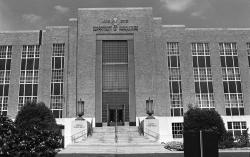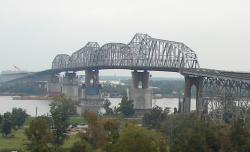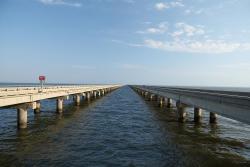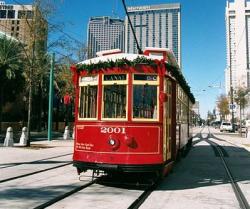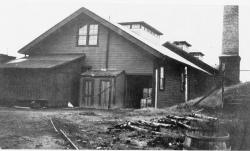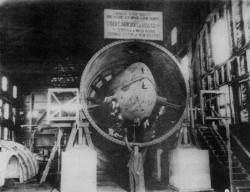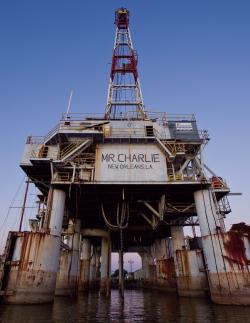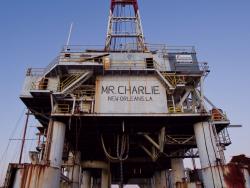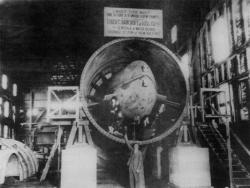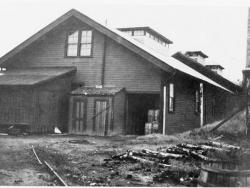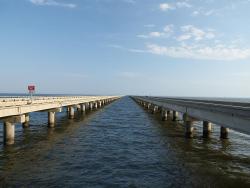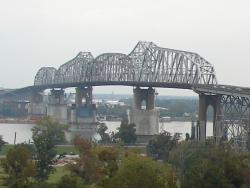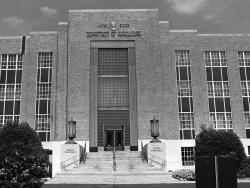The first commercial circulating fluid bed reactor, PCLA #1 (Powdered Catalyst Louisiana), went on stream on May 25, 1942, in the Baton Rouge Refinery of the Standard Oil Company of New Jersey (now ExxonMobil Corporation). This first use of powdered catalysts in continuous operation allowed the efficient cracking of heavy gas oils to meet the growing demand for high-octane fuels. Today, fluid bed reactors are in use worldwide for the manufacture of fuels, chemical intermediates and plastics.
The plaque commemorating the development reads:


